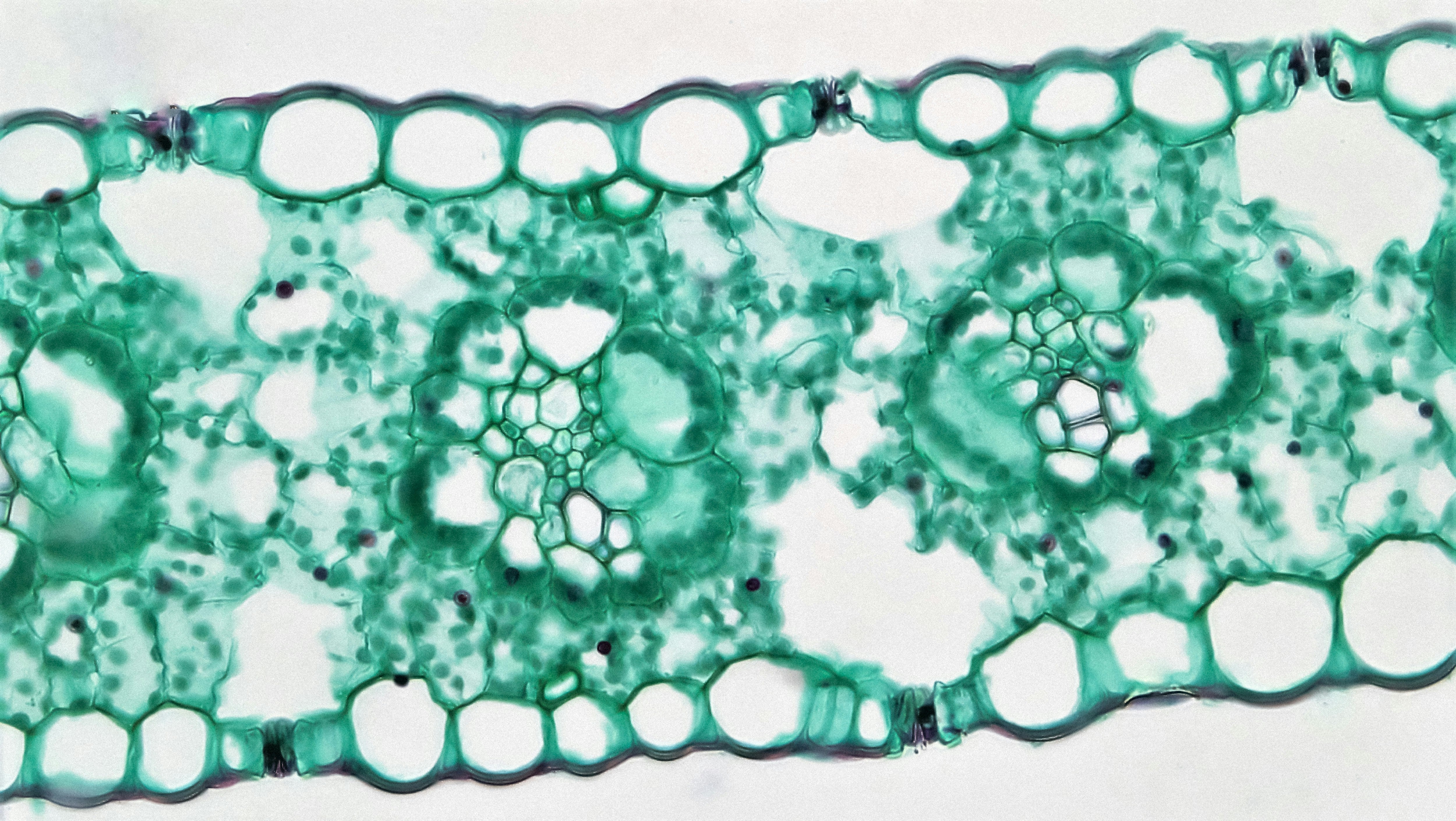Cruciferous vegetables, such as broccoli and cabbage, have been shown to be protective against breast cancer. There are over a dozen, good plant-based chemicals derived from the types of cruciferous vegetables including the sulforaphane from broccoli in BrocElite. Here, however, I’m focusing on the women’s health benefits of 3,3’ -diindolylmethane commonly known as DIM.
DIM is derived from Indole-3-carbinol (I3C) when I3C hits the acidic environment of the stomach. I3C, in turn is a byproduct of the degradation of a lesser known isothiocyanate or cousin chemical to sulforaphane called indol-3-ylmethylisothiocyanate, which is most abundant in cabbage, cauliflower and adult broccoli.

Breast Cancer
Two breast cancer studies examined DIM in an high-risk population and found an improvement in the ratio of 2-hydroxyestrone to 16 alpha-hydroxyestrone. One was on postmenopausal women aged 50-70 years old with a history of early-stage breast cancer on 108 mg daily
The other study was on women taking tamoxifen for breast cancer and using 300 mg DIM daily.
Another study used 300 mg of I3C orally, which transforms into DIM in a high acidic environment, similarly found an improvement in the ratio of 2-hydroxyestrone to 16 alpha-hydroxyestrone.
Cervical Cancer
In one study of 64 women looking at abnormal cell growth that leads to cervical cancer found DIM improved lesions and decreased the need for surgical intervention.
In another in vitro study on cervical cancer cells, DIM promoted programmed cell death (apoptosis) and increased their sensitivity to be treated with radiation.
Estrogen Balancing
Another study looking at urine metabolites revealed that DIM modulated estrogen metabolism in patients with thyroid proliferative disease.
Here, women took 300 mg of DIM for 14 days and showed an increase in the ratio of 2-hydroxyestrones to 16 alpha-hydroxyestrone which demonstrated antiestrogenic activity.
DIM has also been shown to have benefits in liver cancer, thyroid cancer and obesity.
While the breadth of research on DIM is growing, it is relatively small and limited when compared to sulforaphane. Given this, you should discuss with your clinician how to DIM may fit into your treatment or prevention protocol.







0 Comment